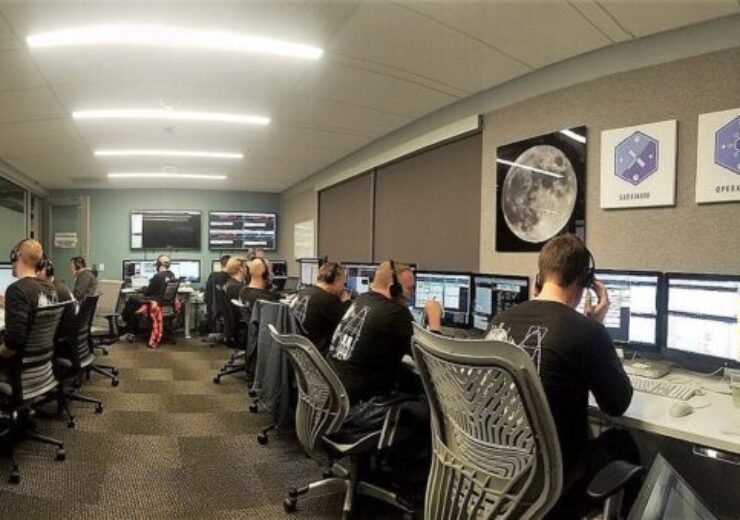GRW is designed to be a living atlas that will use AI and satellite imagery to map and measure all utility-scale solar and wind installations on Earth

Planet Labs to work with Microsoft and The Nature Conservancy on the Global Renewables Watch project. (Credit: Steve Jurvetson from Los Altos, USA/ Wikimedia Commons)
Microsoft, The Nature Conservancy, and satellite imagery and geospatial solutions provider Planet Labs announced a collaboration to launch the Global Renewables Watch (GRW), a new tool to map renewable energy installations.
The Global Renewables Watch has been described as a living atlas that will use artificial intelligence (AI) and satellite imagery to map and measure all the utility-scale solar and wind facilities around the world. The tool will allow users to assess the progress of the clean energy transition and monitor trends over time.
The AI-enabled tool intends to demonstrate and help in comprehending the renewable energy capacities of countries. It will also help in identifying the trends regarding the potential effects of the renewable energy siting on the landscape over time, said Microsoft.
According to the tech major, the Global Renewables Watch tool is being developed to act as a publicly accessible renewable energy atlas with country-by-country insights into production progress and development trends.
The initial mapping of solar and wind energy installations in Germany and India, and solar facilities in Brazil and Egypt has been completed, stated the company.
Powered by Microsoft’s AI and platform technology, the renewable energy atlas will leverage Planet Labs’ underlying satellite imagery. The output will be analysed by The Nature Conservancy using its subject-matter expertise.
Planet Labs co-founder and CEO Will Marshall said: “Each of the partners brings unique knowledge and value-add to this initiative.
“You can’t manage what you can’t measure, so by combining Microsoft’s AI and cloud computing capabilities, Planet’s comprehensive and high-resolution satellite imagery, and The Nature Conservancy’s deep subject-matter expertise, we hope to build a powerful platform for surfacing — and democratising access to — renewable energy data.”
The first comprehensive global inventory is anticipated to be completed early next year, after which the findings will go through technical and scientific validation.
Microsoft VP and chief data scientist Juan Lavista Ferres said: “The world needs access to data in order to make responsible environmental decisions, and the Global Renewables Watch will serve as a critical tool for understanding humanity’s progress toward fulfilling the goals of the Paris Climate Agreement and meeting the United Nations’ Sustainable Development Goal (SDG) 7 to ensure access to affordable, reliable, sustainable and modern energy for all.”


